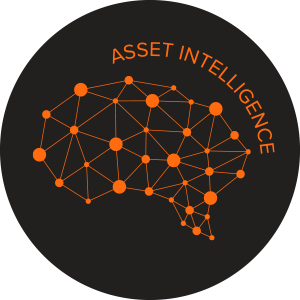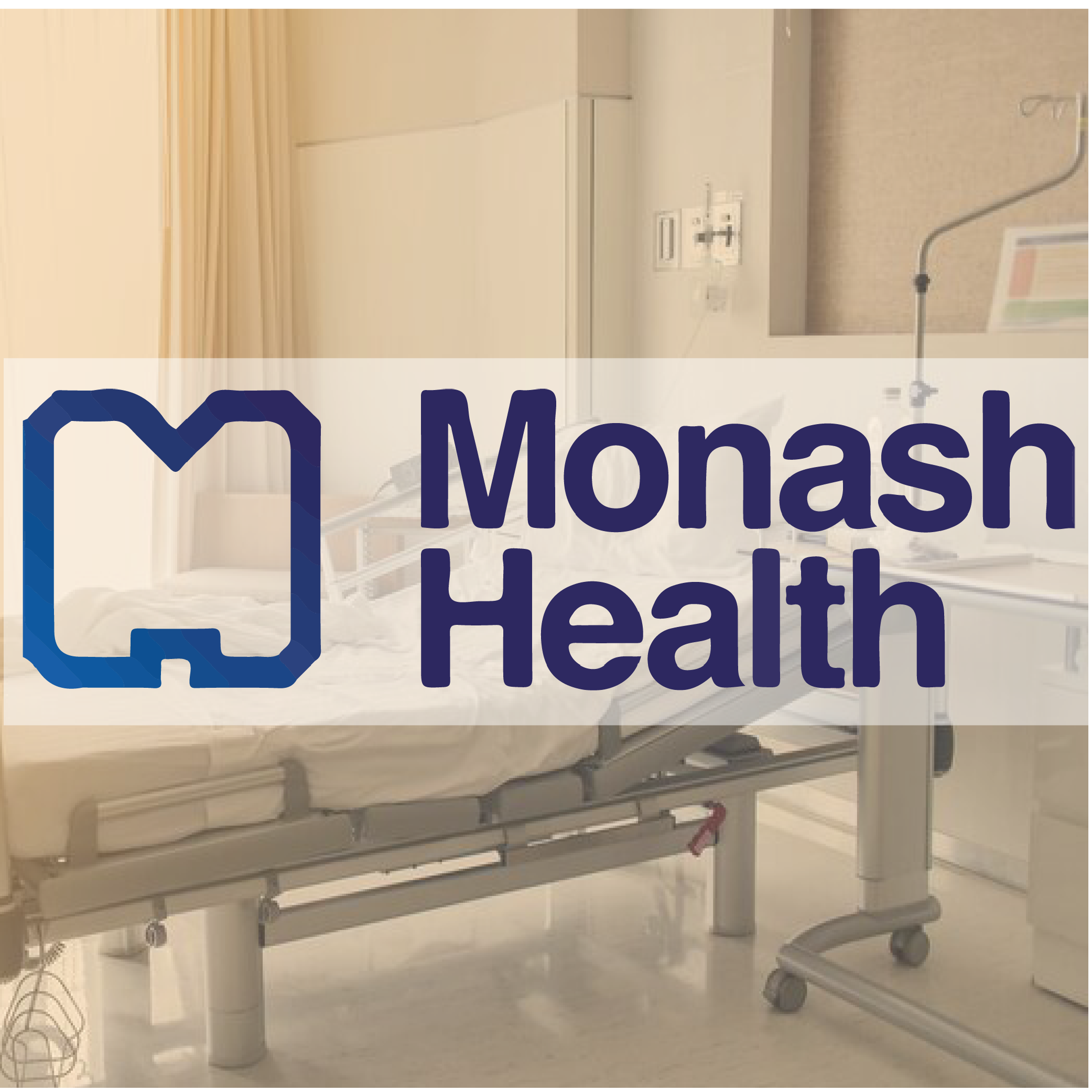Generating Value in Public Health for Queenslanders
Executive Summary
Ageing infrastructure, complex operating environments and shifting demographics, combined with constrained funding, all represent Asset Management and planning challenges for health administrators. Optimising assets by minimising downtime increases performance and mitigates risk for healthcare workers and patients alike.
Making better use of assets by improving the strategic focus of asset management planning across state agencies was identified in the State Infrastructure Plan (SIP), which outlined that the state ‘will improve the use of Queensland’s public assets by rolling out Strategic Asset Management Plans’ (SAMPs). The Queensland Government’s Agency Planning Requirements provides agencies with these are mandatory strategic and operational planning requirements, and from 1 July 2020 agencies will be required to report on SAMPs.
To get better insight and develop more effective SAMPs, many organisations are turning to Asset Intelligence. Combining data and technology to generate a clear view of assets, Asset Intelligence enables evidence-based decision-making to balance cost, risk and performance to determine the prioritisation of investment.
In this paper we’ll look at the specific challenges and opportunities for QLD Health Facilities, and see how Asset Intelligence can help address them.
Summary of Requirements & AssetFuture Capability
| Asset Management Policy Requirement | AssetFuture Capability |
|---|---|
| Asset Management and Maintenance Standard: Annual creation of a Strategic Asset Management Plan and an Asset Management and Maintenance Plan each year. | AssetFuture’s Asset Intelligence outputs are used for AMPs and SAMPs by its customers. Asset Register is a core part of the integrity of the platform. We use comprehensive hierarchy and best practice adhering to ISO55001 Standards. |
| Maintenance and Management Framework (MMF): Underpinning all activity, is a whole-of-life costing approach, cost, risk and performance are measured and reported. Using accurate and frequent condition ratings, criticality and risk measurements, allocation of maintenance budgets can be made. | Using scenario-planning, and based on your maintenance strategy, you can measure and report on cost, risk and performance, including Facilities Condition Index for part or all of your portfolio. Minimise unplanned maintenance through preventative maintenance scheduling. Generate cost projections for your maintenance strategy 5 or 10+ years into the future. Live asset condition degradation models enable frequent condition ratings. Proprietary methodology for risk profiling for a given funding level: ACCRI – Asset Condition, Criticality and Risk Index |
| Backlog Maintenance Management Standard: Identification, management and risk analysis of backlog for fit-for-purpose and risk mitigation. Use of CMMS for works maintenance. | Our unique approach derives a true reflection of your backlog as it considers your organisational drivers, current and desired asset conditions levels, utilisation and asset criticality. Data Integration into CMMS systems. |
| Policy Compliance & Disclosures: The implementation of procedures to manage asset information, and that asset management maturity is progressing | AssetFuture’s reporting functionality supports procedures to manage asset information, and comply with all audit requirements. Asset Information and Intelligence supports organisations on the journey to ISO55000. Data integrity can be maintained through mobile applications for self-management of defects, issues or capital works. |
Challenges and opportunities for QLD Health Facilities
Nationally, health infrastructure still faces lags in providing fit-for purpose facilities for modern health care. Ageing hospital assets, competing priorities for expenditure and a focus on service delivery over asset maintenance have contributed to the substantial backlogs.
Across all infrastructure sectors, there has historically been an underspend on preventative maintenance. A lack of data and inadequate reporting have contributed to a maintenance funding backlog.
The Queensland Audit Office estimated the state’s maintenance backlog in 2017-18 at $600 million, an increase of $276 million since 2012 despite the delivery of a remediation program over that period.
An ongoing maintenance backlog will erode quality and reliability of many assets, and bring higher costs for future asset maintenance and renewal.
Addressing these challenges, the Department of Health’s Strategic Plans 2019 - 2023 has a clear vision of healthier Queenslanders, and to deliver quality services that are safe and responsive. The State Infrastructure Plan (SIP) supports these plans, and aims to make better use of public assets through a strategic focus and policy.
The SIP recognised that the biggest challenges and opportunities for QLD Health include:
Changing demographics, an ageing population, smaller households and increasing levels of obesity, chronic disease and mental health issues
Responding to changing needs and community expectations with an ageing asset portfolio
Constrained fiscal environments and competition for funds
Technological innovation to improve and transform healthcare
Deliver an adaptive infrastructure that flexibly responds to changing service needs.
Asset Management is defined as the “lifecycle management of physical assets to achieve stated outputs of the enterprise”. In this context, it is the combination of management, financial, engineering, risk, and asset information applied to physical assets. The objective is to provide short, medium and long-term considerations for the asset throughout its operating life, so that the required level of service is given and in the most cost-effective manner.
Alignment of use and condition of key assets to clinical needs is imperative, and an integrated approach to tracking and analysis of maintenance expenditure will be critical to ensure value for money across government.
Improving the approach to asset planning and delivery
The Queensland Government’s SIP consists of Strategy (updated every 5 years) and Program (updated annually). For healthcare infrastructure in 2019-2020, general funding was reported as $686M, a reduction from the previous years’ spend of $790M.
Making better use of assets by improving the strategic focus of asset management planning across state agencies was identified in the SIP, which outlined that the state ‘will improve the use of Queensland’s public assets by rolling out Strategic Asset Management Plans’ (SAMPs). The Queensland Government’s Agency Planning Requirements provides agencies with these are mandatory strategic and operational planning requirements, and from 1 July 2020 agencies will be required to report on SAMPs.
The SAMP framework and content incorporates many elements of the whole-of-government Total Asset Management Plans (TAMPs), and is guided by the Strategic Asset Management Planning Framework Guide developed by Aurecon and the Asset Institute (April 2018) and the ISO 55000 Asset Management System (AMS).
For Queensland Health, there are standards such as the Asset Management and Maintenance Standard, and the Backlog Maintenance Management Standard that are underpinned by the Maintenance Management Framework (MMF). There are requirements that Hospitals and Health Services need to comply with the adequate maintenance of assets, as specified by the Asset Management and Maintenance Standard, and that of the MMF.
Delivering better outcomes through effective Asset Management
Your requirements for QLD Government’s Asset Management Policy
Some of the key requirements of Hospitals and Health Services include:
The development of an appropriate asset register that contains accurate and comprehensive information on the planned and current asset portfolio
The development of Strategic Asset Management Plans and Asset Management Plans comprehensively documenting all lifecycle activities required to support services and the financial implication of these activities
The implementation of procedures to manage asset information so it is comprehensive, accurate, up-to-date, and relevant to the effective management of the assets
Recording accurate and up-to-date maintenance backlog information for all assets
Monitor and review all maintenance performance, including Facilities Condition Index (FCI)
Building your Capabilities for the Future
Creating SAMPs for your facility may seem like a daunting prospect. There are high degrees of complexity and accountability - especially as we are managing expensive assets, with multiple layers of additional infrastructure to support medical specific procedures and practices.
There are trade-offs between cost, budget and outcomes that are inherently more complex than traditional commercial buildings and asset portfolios. There are major considerations for risk mitigation and management.
How AssetFuture can help with your Asset Management Policy Requirements
AssetFuture is a cloud-based Asset Intelligence tool that provides a highly data-driven means of forecasting operating and capital funding required to maintain health facilities and equipment to a predetermined condition and risk level.
Asset Intelligence is the merging of data and technology to give you a clear line-of-sight for the life cycle of your assets, balancing condition and risk in an environment where funding is constrained. This is especially important to health care providers struggling for sufficient funding to suit their needs and minimise the cost of maintaining facilities. This enables the ability for each organisation to continue to provide adequate services to the community.
Asset Intelligence
Using powerful predictive modelling, Asset Intelligence provides you with insight to forecast cost and manage risks accurately, model scenarios and enable evidence-based decision making through lifecycle.
Asset Intelligence drives your facility’s asset strategy that is aligned with business drivers, ensuring a complete line-of-sight from executive management through to operational delivery. This information feeds directly into your AMP and your SAMP.
Asset Register
Asset Intelligence drives your facility’s asset strategy that is aligned with business drivers, ensuring a complete line-of-sight from executive management through to operational delivery. This information feeds directly into your AMP and your SAMP.
At the core of the AssetFuture Platform is a comprehensive Asset Register containing:
A unique identifier for each asset in the portfolio
A location identifier within the asset hierarchy as well as a geographical reference
The current condition of each asset
The criticality of each asset to achievement of the organisation’s objectives
Levels of service required for each asset based on its criticality
Activities required to maintain the asset over its lifecycle including to the determined level of service
The future financial, risk and condition implication of each of these activities.
Asset Management Plan
The AssetFuture Platform is used as a primary input source to the Asset Management Plan required by Government asset management frameworks. These Asset Management Plans optimise asset related outcomes based on stakeholder expectations and a given funding level by prioritising investment where it is most needed. This maximises patient outcomes as well as satisfaction levels with services provided.
Asset Information Management
AssetFuture also works with organisations to maximise the benefits associated with using the platform. This can include carrying out an Asset Information Management Maturity Assessment in order to identify process improvements to the way asset information is managed across the business. AssetFuture can then work with the organisation to develop an Asset Information Strategy which is essentially a road map of prioritised activities to carry out improvements identified during the assessment.
Case Studies
Monash Health
One of Monash Health’s primary assets is Moorabbin Hospital, Home of the Monash Cancer Centre. With a mature approach to data, and an up-to-date Asset Register, Moorabbin needed to ascertain any gaps in the data to ensure information was accurate, timely and relevant.
Results:
Data collection and validation completed incredibly fast and Monash Health has the right data to establish condition and associated costs for the future, giving a holistic view of the whole site. Additionally, AssetFuture’s visualisation tools has meant the team can communicate the value of Asset Intelligence to their wider teams easily.
NSW Department of Education
AssetFuture helped deploy best practice technologies to undertake Life Cycle Costing (LCC) assessments, define current and future maintenance liability, and review functional fit-for-purpose. The result were used to identify budget requirements as well as prioritise investment.
Results:
The Department of Education has improved its ability to project current and future funding needs to prioritise investment decisions.
Using AssetFuture, a backlog of $449M was identified which increased the Treasury investment to nearly $1.3B.
In addition, the Department of Education and AssetFuture were finalists in the 2019 Prime Minister’s Award.
AssetFuture is your trusted partner on your journey in Asset Management success. Delivering market-leading technology coupled with award-winning teams experienced in delivering to State Government agencies and healthcare providers.
References
Infrastructure Australia, Australian Infrastructure Audit 2019, Social Infrastructure, Chapter 6.
Infrastructure New South Wales, Building Momentum State Infrastructure Strategy 2018-2038
Queensland Government Department of State Development, Tourism and Innovation
Queensland Department of Health, Strategic Plan 2019-2023, 2019
Queensland Department of Health, My health, Queensland’s future: Advancing health 2026, 2016
Queensland Department of Housing and Public Works, Strategic Asset Management Framework, 2017






